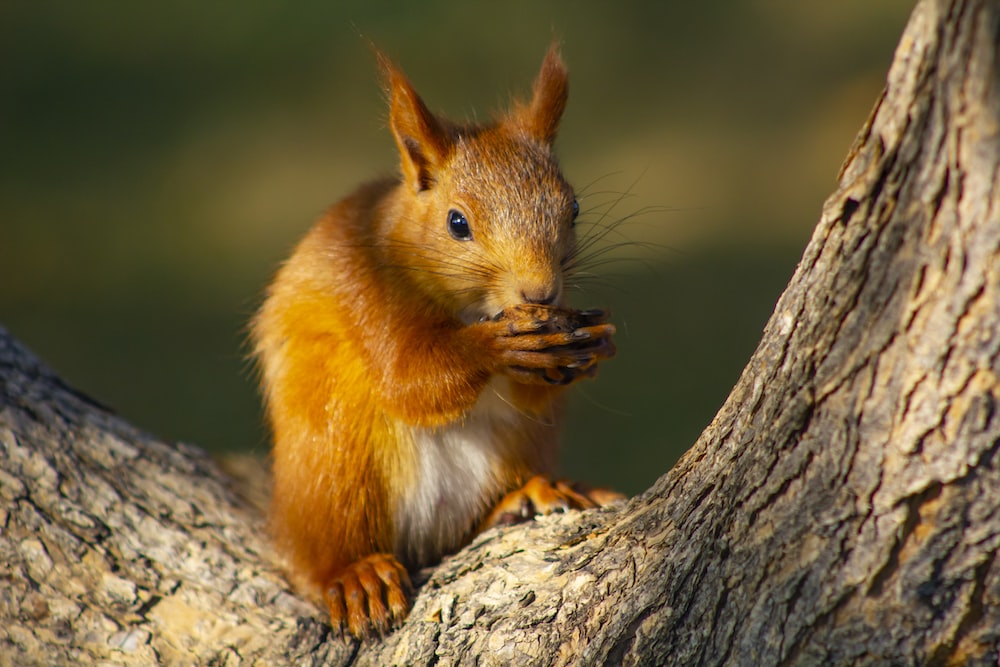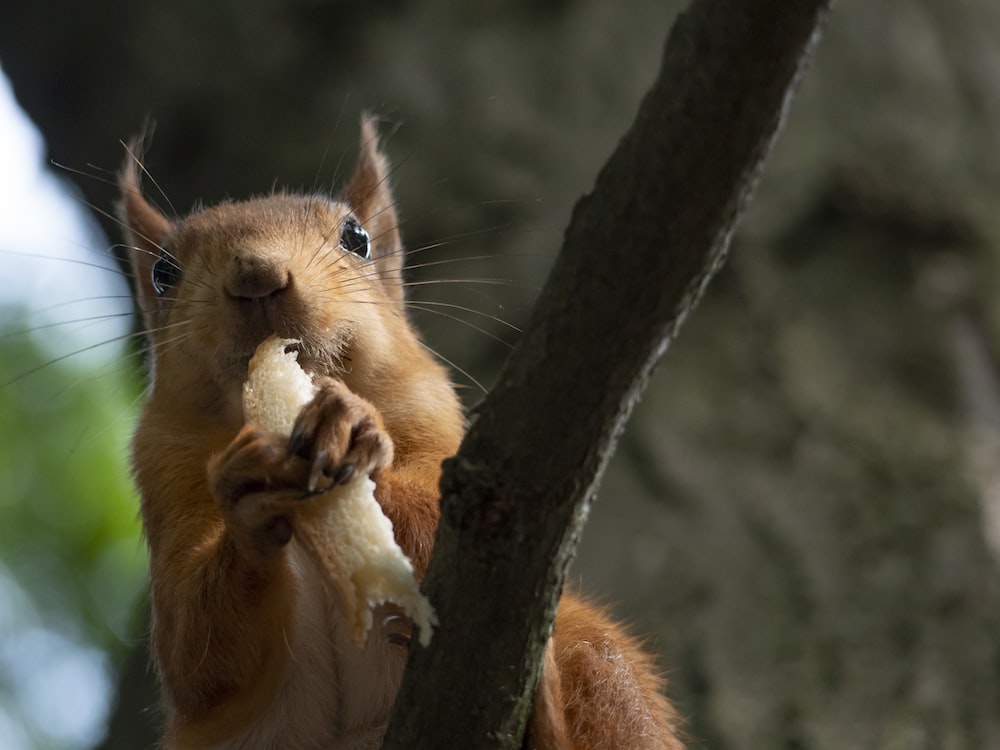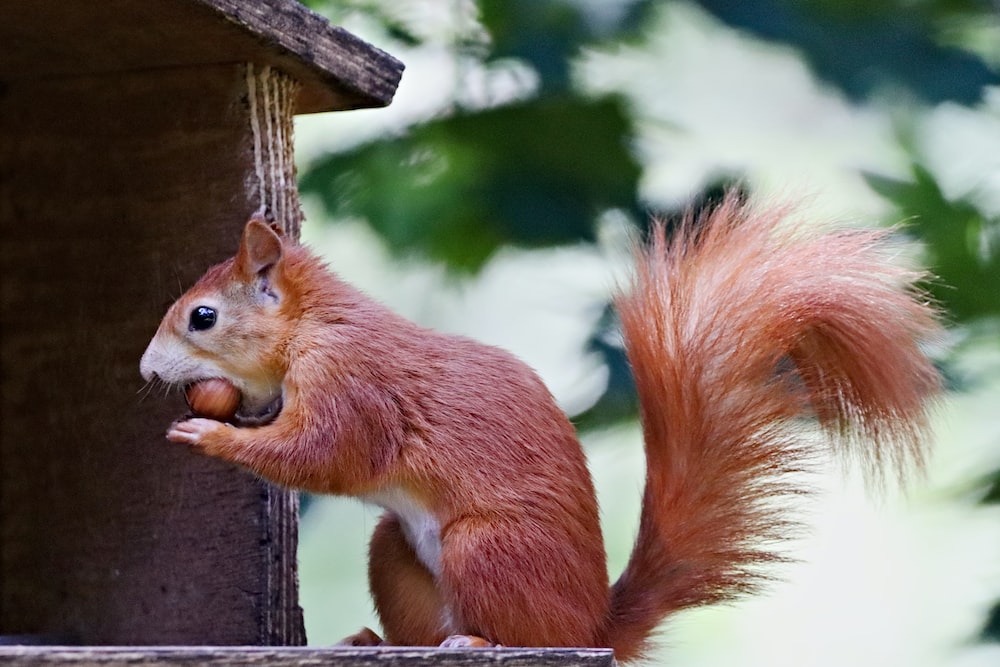Squirrels are fascinating creatures, and their mating habits are an important part of their reproductive biology. Understanding how squirrels breed is crucial for conservationists, researchers, and anyone else who has an interest in these charming creatures. This article will provide a detailed description of squirrel mating habits and their role in breeding.

Squirrel Mating Season and Behavior
Squirrels typically mate twice a year, in the early spring and late summer or early fall. During the breeding season, male squirrels become more active and aggressive as they compete for the opportunity to mate with females. This behavior can lead to territorial disputes and fights between males.
Females, on the other hand, are responsible for choosing their mates. They often use scent and vocalizations to signal their receptivity to males. In some species, females will engage in courtship behavior, such as tail flicking, to signal their interest in a particular male.
Once a male and female have mated, the male may continue to guard and defend the female from other males, ensuring that he is the only male to fertilize her eggs.
Squirrel Reproductive Anatomy
Before delving further into squirrel breeding behavior, it is important to understand the reproductive anatomy of these animals. Both male and female squirrels have reproductive organs, and the females have a uterus, ovaries, and a pair of oviducts.
Male squirrels have testicles, which produce sperm, and a penis, which is used to deliver the sperm to the female during mating. The female’s ovaries produce eggs, which travel down the oviducts and are fertilized by the male’s sperm. The fertilized egg then implants in the uterus, where it will develop into an embryo.
Squirrel Breeding Strategies
Squirrels have developed several different breeding strategies to increase their reproductive success. One such strategy is promiscuity, where males mate with as many females as possible. This strategy is common in species where males do not provide any parental care.
Another strategy is monogamy, where a male and female pair up and mate exclusively with each other. This strategy is more common in species where males provide parental care, such as building nests and bringing food to the female and young.
In some species, females will mate with multiple males, a behavior known as polyandry. This behavior can increase the genetic diversity of offspring, as well as ensure that the female has enough resources to raise her young.

Squirrel Pregnancy and Birth
After fertilization, the fertilized egg implants in the uterus, where it will develop into an embryo. Squirrel pregnancy lasts between 35 and 45 days, depending on the species. Once the young are born, the female will nurse them for several weeks until they are weaned and able to fend for themselves.
Squirrels typically give birth to between one and six offspring, depending on the species. The young are born blind and naked, and their eyes do not open until they are several weeks old. The female will care for the young until they are able to leave the nest and fend for themselves.
Squirrel Parental Care
In many squirrel species, the males do not provide any parental care. However, in some species, the males will help build the nests and bring food to the female and young. Female squirrels are generally responsible for caring for the young, including nursing them and teaching them how to find food and avoid predators.
Squirrels are known for their elaborate nest-building skills, and females will often construct several nests throughout their territory. These nests provide shelter and protection for the young, as well as a place for the female to rest and care for her young.

In conclusion, squirrel mating habits play an important role in their reproductive biology. During the breeding season, male squirrels become more active and aggressive as they compete for the opportunity to mate with females. Female squirrels are responsible for choosing their mates, and may engage in courtship behavior to signal their interest in a particular male. After fertilization, squirrel pregnancy lasts between 35 and 45 days, and the female will care for the young until they are able to fend for themselves. Understanding squirrel breeding behavior is crucial for conservationists, researchers, and anyone else who has an interest in these charming creatures.